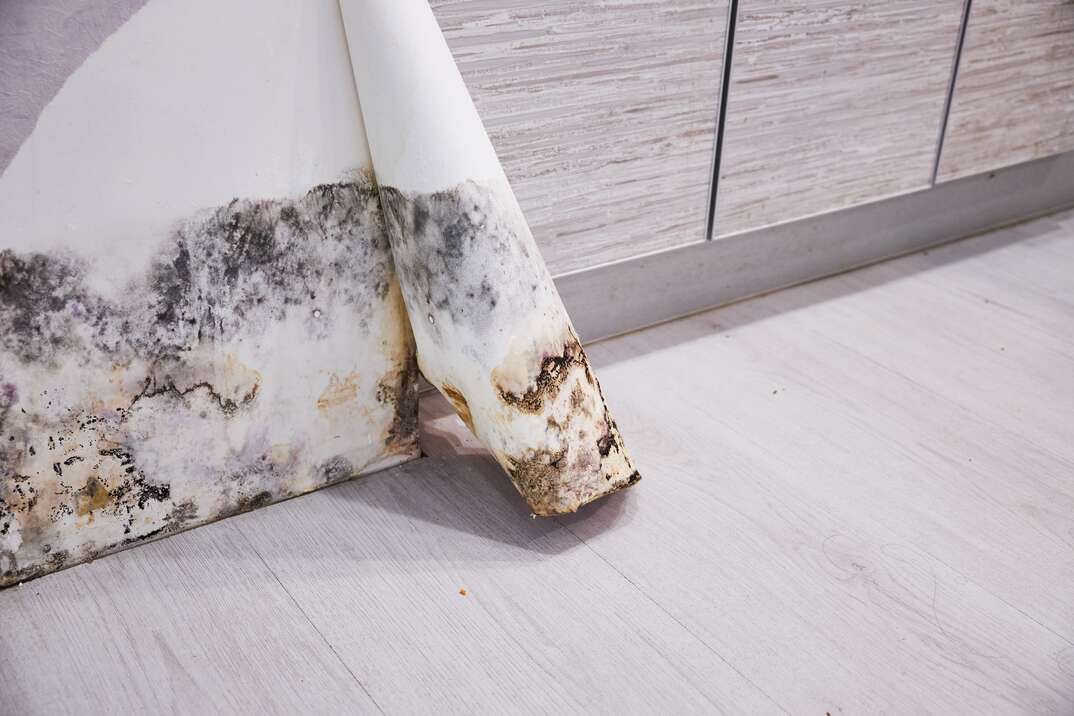Effective Post Mold And Mildew Removal Solutions for Your Home
Mold and mildew development in homes can be a relentless problem, usually calling for a methodical method for reliable post-remediation solutions. From recognizing the factors that add to mold advancement to executing appropriate cleansing methods and dampness control procedures, the process can be complex yet vital for keeping a healthy living setting. Furthermore, discovering natural removal solutions and establishing a routine for ongoing maintenance are vital components of a comprehensive mold remediation method. As home owners make every effort to resolve mold concerns, discovering the most efficient solutions comes to be critical for the wellness of their families.
Comprehending Mold Development Elements
Mold growth is influenced by a range of variables that are vital to understand in order to efficiently address and stop its spreading. Recognizing these aspects is crucial in applying effective mold and mildew removal techniques. The primary variable adding to mold growth is moisture. Mold spores call for wetness to prosper and sprout, making moist or damp settings very at risk to mold and mildew infestations. Poor ventilation can additionally bring about moisture accumulation, producing an optimal breeding ground for mold.

Additionally, airflow and light direct exposure can affect mold growth. Locations that lack proper air flow and all-natural light are much more susceptible to mold and mildew advancement. By attending to these elements comprehensively, people can effectively reduce mold growth and safeguard their living settings.
Appropriate Mold And Mildew Cleansing Techniques
Using efficient cleansing approaches is important in preventing the reoccurrence and addressing of mold and mildew contamination in indoor environments. When handling mold and mildew, it is vital to prioritize safety and security by wearing safety gear such as handwear covers, masks, and safety glasses. The initial step in appropriate mold and mildew cleaning is to contain the afflicted location to protect against the spread of spores to uncontaminated locations. This can be accomplished by securing off the room and using air scrubbers or unfavorable air machines to keep air high quality.

Executing Moisture Control Steps
To efficiently avoid mold growth and contamination in interior environments, carrying out wetness control actions is critical. Wetness is the primary element that fuels mold development, making it crucial to manage humidity levels within the home. One effective measure is to make use of dehumidifiers to keep indoor humidity degrees listed below 60%. In addition, making sure correct ventilation in areas susceptible to moisture accumulation, such as bathrooms and cooking areas, can help lower the danger of mold growth. Consistently evaluating and fixing any type of leaks in plumbing, roof coverings, or home windows is likewise crucial in avoiding excess moisture accumulation. Utilizing exhaust followers while food preparation or bathing, and permitting air circulation by maintaining furniture slightly far from walls can assist in wetness control. Moreover, making use Home Page of moisture-resistant products in high-humidity locations, such as mold-resistant drywall and paints, can be beneficial. By diligently implementing these dampness control procedures, homeowners can efficiently decrease the likelihood of mold and mildew recontamination and preserve a healthy indoor environment.
Using All-natural Removal Solutions
After efficiently applying dampness control measures to protect against mold growth in indoor atmospheres, house owners can now check out the effectiveness of all-natural remediation remedies in keeping a healthy and balanced living room. Natural removal options make use of eco friendly techniques to deal with mold and mildew, making them a popular option for those looking for non-toxic alternatives. By integrating these natural removal solutions into their cleaning routines, property owners can properly combat mold growth while promoting a healthier indoor setting for themselves and their site here families.

Preserving a Mold-Free Setting
Consistently checking locations vulnerable to mold growth, such as restrooms, kitchen areas, attics, and basements, is vital. Proper ventilation in locations with high moisture degrees is also essential to avoiding mold development.
In addition, keeping tidiness in the home is essential for mold prevention. Keeping indoor plants in check and making certain appropriate drain in outdoor landscape design can decrease dampness accumulation, decreasing the probability of mold and mildew infestations.
Conclusion
Finally, it is essential to resolve mold development elements, utilize proper cleansing strategies, execute wetness control steps, utilize all-natural remediation solutions, and keep a mold-free environment in order to efficiently take care of article mold remediation in your home - After mold remediation. By complying with these approaches, you can avoid mold and mildew from repeating and guarantee a healthy living atmosphere for you and your family
The primary variable adding to mold growth is dampness. Mold and mildew spores require wetness to germinate and grow, making moist or moist settings highly prone to mold problems.To successfully avoid mold and mildew growth and contamination in interior settings, implementing moisture control procedures is vital. Additionally, ensuring appropriate air flow in areas vulnerable to moisture build-up, such as shower click for info rooms and kitchen areas, can aid minimize the threat of mold growth.After effectively carrying out moisture control actions to prevent mold growth in indoor atmospheres, house owners can now check out the effectiveness of all-natural remediation services in keeping a healthy living space.
Comments on “After Mold Remediation Approaches for Tidy Rooms”